Home>diy>Building & Construction>What Is The Best Foundation For A Shed
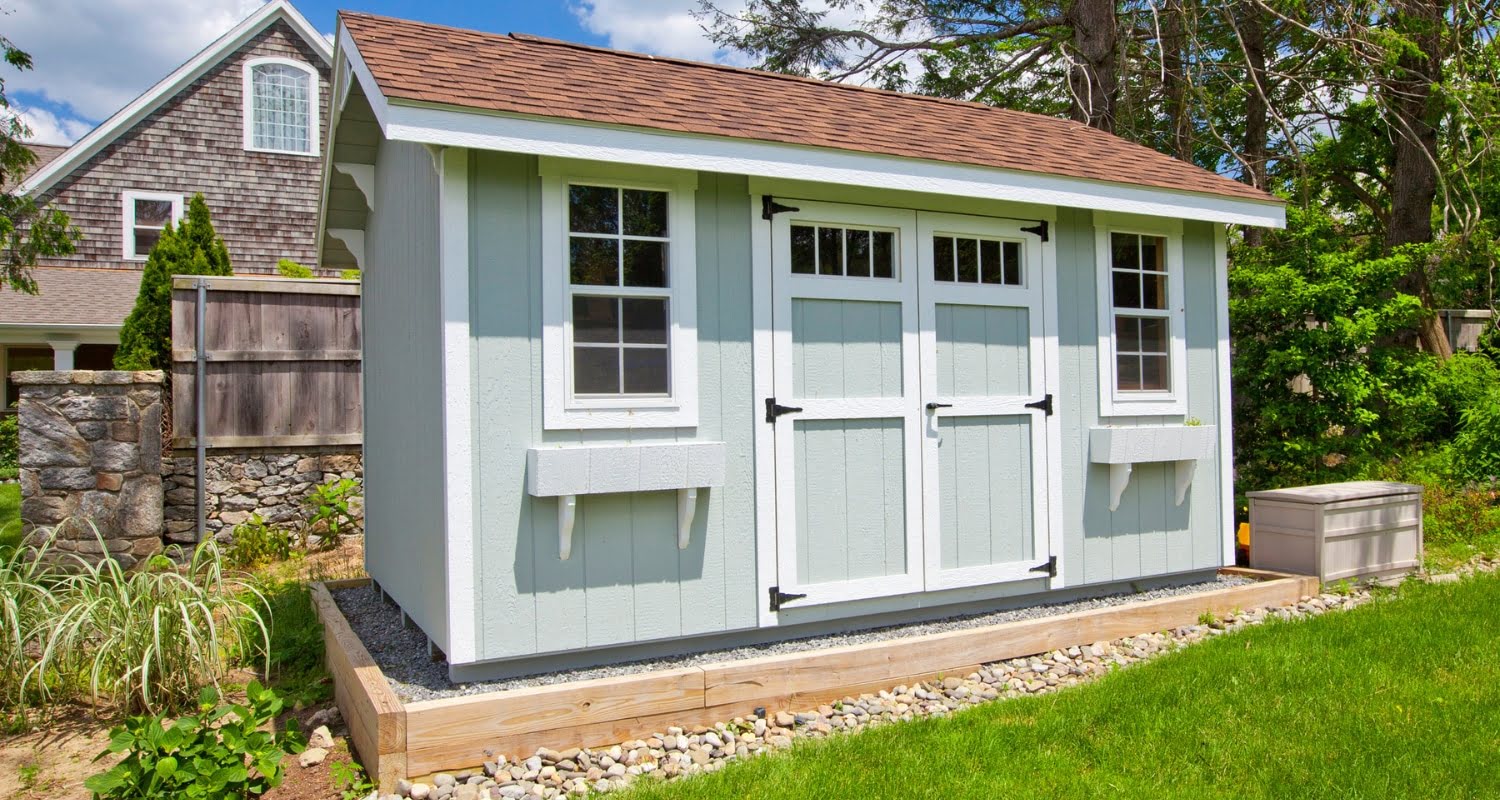

Building & Construction
What Is The Best Foundation For A Shed
Modified: December 7, 2023
Looking for the best foundation for your shed? Our guide will help you choose the right building construction method for a sturdy and long-lasting structure.
(Many of the links in this article redirect to a specific reviewed product. Your purchase of these products through affiliate links helps to generate commission for Storables.com, at no extra cost. Learn more)
Introduction
Building a shed is an exciting project that requires careful planning and consideration. One of the most important aspects of constructing a shed is choosing the right foundation. The foundation provides stability and support for the structure, ensuring that it will withstand the test of time and the elements.
There are several factors to consider when selecting the best foundation for your shed. The location, size, and purpose of the shed will all play a role in determining the most suitable foundation option. In this article, we will explore various types of shed foundations, their benefits, and how to choose the best one for your specific needs.
Key Takeaways:
- Choose the right shed foundation by considering factors like ground stability, shed size, drainage, and budget. Consult with professionals to ensure the best fit for your specific needs and local conditions.
- Concrete slab, gravel, pressure-treated timber, paver, crushed stone, and raised wood floor foundations each offer unique benefits. Consider load-bearing capacity, aesthetics, and mobility when selecting the best foundation for your shed.
Read more: How To Make A Foundation For A Shed
Factors to Consider for Shed Foundation
Before diving into the different types of shed foundations, it’s crucial to consider a few important factors that will influence your decision. These factors will help you evaluate which foundation option is the best fit for your shed:
- Ground Stability: Assess the stability of the ground where you plan to build your shed. Is the soil firm, or does it have a tendency to shift or sink? This will help you determine whether you need a more robust foundation to prevent any structural issues in the future.
- Shed Size and Weight: Consider the size and weight of your shed. Larger and heavier sheds will require stronger foundations to support the load. Make sure to check the manufacturer’s recommendations or consult with a building professional if you’re unsure about the weight capacity of your chosen foundation.
- Drainage: Proper drainage is crucial to prevent water from pooling around your shed. Consider the natural flow of water in your yard and choose a foundation option that allows for efficient drainage. This will help protect your shed from water damage and prolong its lifespan.
- Accessibility: Think about how you will access your shed. If you plan to store heavy equipment or vehicles inside, you may want a foundation that allows for easy entry and exit.
- Budget: Take into account your budget constraints. Some foundation options may be more expensive than others, so it’s important to find a balance between cost and effectiveness.
By considering these factors, you will be better equipped to choose the most suitable foundation for your shed. Let’s now explore the various types of shed foundations that you can consider for your project.
Concrete Slab Foundation
A concrete slab foundation is a popular choice for sheds due to its durability and stability. This type of foundation involves pouring a thick layer of concrete directly on the ground to create a solid and level surface for the shed.
One of the main advantages of a concrete slab foundation is its ability to withstand heavy loads. It provides a sturdy base for larger sheds or those that will be used to store heavy equipment or vehicles. Additionally, a concrete foundation offers excellent protection against moisture, as it creates a barrier between the shed and the ground.
When constructing a concrete slab foundation, proper site preparation is crucial. The ground should be excavated and leveled before pouring the concrete. Wire mesh or rebar can be added to reinforce the slab and increase its strength.
While a concrete slab offers numerous benefits, it does require more time, effort, and cost compared to other foundation options. The process of pouring and curing the concrete can take several days, and professional assistance may be necessary to ensure that it is done correctly.
It’s also essential to consider the climate and ground conditions in your area. In regions with freezing temperatures, frost heave can be a concern. To prevent damage, proper insulation and an adequate frost line should be taken into account during the construction process.
A concrete slab foundation provides a solid and long-lasting base for your shed. However, it may not be the ideal choice if you anticipate the need to move or relocate your shed in the future, as it is a permanent structure. Consider your specific needs and future plans before deciding whether a concrete slab foundation is the right option for your shed.
Gravel Foundation
A gravel foundation is a cost-effective and versatile option for shed construction. It involves leveling the ground and adding a layer of gravel to create a stable base for the shed.
One of the main advantages of a gravel foundation is its ease of installation. It requires minimal site preparation, making it a suitable option for DIY projects. You can simply clear the area, level the ground, and spread a layer of gravel to the desired thickness.
Gravel provides excellent drainage, which is crucial for preventing water buildup around your shed. It allows rainwater to infiltrate through the loose material, reducing the risk of moisture-related issues. Additionally, gravel offers good ventilation, minimizing the chances of mold or rot developing in the shed.
Another advantage of a gravel foundation is its versatility. You can easily adjust the size and shape of the foundation to accommodate different shed designs and sizes. If you plan on expanding or relocating your shed in the future, a gravel foundation can be easily modified to suit your needs.
However, it’s important to note that a gravel foundation may not be as structurally stable as other options, especially for larger and heavier sheds. The load-bearing capacity of the gravel will depend on the type and depth of the material used. It’s recommended to consult with a building professional or follow specific guidelines provided by the shed manufacturer to ensure proper support.
Regular maintenance is also necessary for a gravel foundation. Over time, the gravel may shift or become compacted, requiring periodic leveling and adding more material to maintain a stable surface.
A gravel foundation is an affordable and straightforward option for shed construction. It offers good drainage and ventilation, making it suitable for various shed sizes and climates. Consider the specific requirements of your shed project and the stability needed before opting for a gravel foundation.
Pressure-Treated Timber Foundation
A pressure-treated timber foundation is a popular choice for sheds due to its combination of strength, durability, and versatility. This type of foundation involves using pressure-treated lumber to create a raised platform on which the shed will be placed.
The first step in constructing a pressure-treated timber foundation is to level the ground and install concrete deck blocks or post anchors as support. Pressure-treated beams or joists are then secured onto these supports to create the framework for the foundation.
One of the main advantages of a pressure-treated timber foundation is its resistance to decay and insect damage. Pressure-treated lumber is specially treated with chemicals that protect it against rot, pests, and moisture. This makes it an excellent choice for areas with high humidity or where the ground is prone to moisture accumulation.
A timber foundation also offers flexibility in terms of customization. You can easily adjust the size and shape of the foundation to accommodate different shed designs and sizes. Additionally, the raised platform creates an elevated and level surface for the shed, providing additional protection against water infiltration.
This type of foundation is suitable for both small and large sheds, as it can support heavy loads with proper construction and reinforcement. It also allows for easy access to the area beneath the shed, making it convenient for storage or maintenance purposes.
However, it’s crucial to ensure that the pressure-treated lumber used for the foundation is of high quality and properly installed. Regular inspections and maintenance are necessary to check for any signs of wear, as well as to apply treatments or sealants to maintain the wood’s longevity.
When constructing a pressure-treated timber foundation, it’s important to follow local building codes and regulations. Additionally, consult with a building professional or refer to the shed manufacturer’s guidelines to ensure proper support and structural integrity.
A pressure-treated timber foundation provides a strong and durable base for your shed. It offers resistance against decay and insects, as well as customization options. Consider the specific requirements of your shed and the conditions of your site before deciding on a pressure-treated timber foundation.
When choosing a foundation for a shed, consider using a concrete slab for the most durable and stable option. This will provide a solid base for the shed and help prevent any shifting or settling over time.
Read more: How To Level A Shed Foundation
Paver Foundation
A paver foundation is a visually appealing and durable option for shed construction. It involves using interlocking concrete pavers as a base for your shed. Pavers are available in various shapes, sizes, and colors, allowing you to create a customized and attractive foundation for your shed.
One of the main advantages of a paver foundation is its ease of installation. The process typically involves leveling the ground, adding a layer of compacted gravel, and then installing the pavers on top. The interlocking design of the pavers provides stability and prevents shifting or settling.
Pavers offer excellent drainage, as the gaps between the individual units allow water to flow through, reducing the risk of water pooling around your shed. They also provide a solid and level surface for your shed, ensuring stability and preventing moisture-related issues.
In addition to their functional benefits, pavers are aesthetically pleasing. They can enhance the overall appearance of your shed and complement the design of your outdoor space. With a wide range of colors and patterns available, you can create a unique and visually appealing foundation that adds value to your property.
Another advantage of a paver foundation is its versatility. If you decide to relocate your shed in the future, the pavers can be easily dismantled and reinstalled in the new location. This flexibility makes it a suitable choice for those who anticipate the need for shed mobility.
It’s important to note that a paver foundation may be more expensive than other options, especially for larger sheds. The cost will depend on factors such as the type of pavers chosen, the size of the foundation, and any additional materials required for installation.
Regular maintenance is also necessary for a paver foundation to keep it in optimal condition. Sweeping or blowing off debris, removing weeds or moss, and occasional re-leveling are typically required to maintain the stability and appearance of the foundation.
A paver foundation offers a durable and visually appealing option for your shed. It provides excellent drainage, customizable designs, and the ability to easily relocate your shed if needed. Consider your budget, aesthetic preferences, and long-term plans before deciding on a paver foundation for your shed.
Crushed Stone Foundation
A crushed stone foundation is a simple and cost-effective option for shed construction. This type of foundation involves leveling the ground and spreading a layer of crushed stone to create a stable base for your shed.
One of the main advantages of a crushed stone foundation is its affordability. Crushed stone is readily available and relatively inexpensive, making it an attractive option for those on a budget. It’s a cost-effective alternative to more complex foundation options like concrete or pavers.
Crushed stone provides good drainage, helping to prevent water from pooling around your shed. It allows rainwater to permeate the ground, reducing the risk of moisture-related issues. Additionally, crushed stone offers good stability and support for the shed, especially for smaller or lighter structures.
Another advantage of a crushed stone foundation is its versatility. You can easily adjust the size and shape of the foundation to accommodate different shed designs and sizes. If necessary, you can add more crushed stone to ensure a level surface and proper support.
It’s important to prepare the site properly before installing a crushed stone foundation. The ground should be cleared of vegetation and debris, and any low or uneven areas should be leveled. A geotextile fabric can be placed beneath the crushed stone to further enhance stability and prevent the stone from mixing with the underlying soil.
While a crushed stone foundation is a practical option for many sheds, it may not be suitable for areas with unstable or expansive soil. In these cases, more substantial foundations like a concrete slab or pressure-treated timber may be necessary to ensure the stability of the shed.
Regular maintenance is relatively minimal for a crushed stone foundation. Periodically raking and adding additional crushed stone as needed to maintain a level surface is usually sufficient.
A crushed stone foundation offers a cost-effective and straightforward option for supporting your shed. It provides good drainage, versatility in size and shape, and is easy to maintain. Consider the specific requirements of your shed project and the stability needed before opting for a crushed stone foundation.
Raised Wood Floor Foundation
A raised wood floor foundation is a popular choice for sheds, offering a versatile and functional option. This type of foundation involves building a wooden platform with floor joists elevated above the ground.
One of the main advantages of a raised wood floor foundation is the ability to create a level surface for your shed. This is especially beneficial if your yard has uneven terrain or poor soil conditions. The elevated platform provides stability and ensures a sturdy base for your shed.
A raised wood floor foundation also offers the advantage of additional storage space. By creating an elevated platform, you can utilize the area underneath the shed for storing tools, equipment, or other items. This maximizes the usable space available and helps keep your shed organized.
Proper air circulation is another benefit of a raised wood floor foundation. The space between the ground and the shed allows for ventilation, minimizing the chances of moisture buildup and preventing issues like rot or mold. It also acts as an additional insulating layer, keeping the shed’s interior temperature more stable.
When constructing a raised wood floor foundation, it’s important to use pressure-treated lumber for the joists and beams. Pressure-treated wood is resistant to decay, insects, and moisture, ensuring the longevity of the foundation. Properly fastening the lumber and providing adequate support will ensure the stability and durability of the raised platform.
It’s worth noting that constructing a raised wood floor foundation requires more time, effort, and woodworking skills compared to other options. If you’re not experienced in carpentry, it may be wise to hire a professional or seek assistance from someone with expertise.
Regular maintenance of a raised wood floor foundation involves inspecting for any signs of wear, rot, or insect damage. It’s important to keep the foundation clean and free of debris to avoid potential issues. Additionally, periodic re-staining or sealing of the wood will help protect it from the elements.
A raised wood floor foundation offers a practical and versatile option for shed construction. It provides a level surface, additional storage space, and proper ventilation. Consider your specific needs and the skills required for construction before opting for a raised wood floor foundation for your shed.
Choosing the Best Foundation for Your Shed
When it comes to selecting the best foundation for your shed, there’s no one-size-fits-all answer. The choice depends on several factors, including your shed’s size, location, intended use, and your budget. Here are some key points to consider when making your decision:
- Load-bearing capacity: Assess the weight and size of your shed. Larger sheds or those housing heavy equipment may require foundations with higher load-bearing capacities, such as concrete slab or pressure-treated timber.
- Ground stability: Evaluate the stability and condition of the ground where you plan to build your shed. Soil that is prone to shifting or sinking may require a more robust foundation, such as a concrete slab or paver base.
- Drainage: Consider the natural drainage patterns in your yard. If you have a high water table or face regular rainfall, a foundation with good drainage, like a gravel or crushed stone base, will help prevent water damage to your shed.
- Climate: Take into account your local climate. Areas with freezing temperatures may require frost-resistant foundations, like insulated concrete slabs or raised wood floors, to prevent frost heave.
- Aesthetics: Consider the visual appeal of the foundation. Options like paver or raised wood floor foundations can enhance the overall look of your shed and complement your landscaping.
- Mobility: If you anticipate needing to move or relocate your shed in the future, foundations like gravel or pavers offer the flexibility to dismantle and reassemble with ease.
- Budget: Evaluate your budget constraints. While some foundation options may be more expensive initially, they may offer long-term benefits and durability that outweigh the initial investment.
Ultimately, the best foundation for your shed will depend on a combination of these factors and your specific preferences. It’s always beneficial to consult with a building professional or refer to the shed manufacturer’s recommendations to ensure you choose the right foundation for your needs and local conditions.
Remember to prioritize stability, durability, and functionality when making your decision. A well-chosen foundation will provide a solid base for your shed, ensuring its longevity and your peace of mind.
Take the time to carefully evaluate and consider these factors before finalizing your decision. By doing so, you’ll be well on your way to building a shed with a foundation that meets your needs and provides a sturdy and reliable structure for years to come.
Read more: What Kind Of Foundation Do I Need For A Shed
Conclusion
Choosing the right foundation for your shed is a crucial decision that will impact the durability, stability, and longevity of your structure. By considering factors such as ground stability, shed size, drainage, and your budget, you can make an informed choice that suits your specific needs.
Concrete slab foundations offer excellent load-bearing capacity and protection against moisture but may be more time-consuming and costly to install. Gravel foundations provide cost-effectiveness and good drainage, making them ideal for smaller sheds. Pressure-treated timber foundations offer resistance to decay and insects, flexibility in design, and the ability to create an elevated storage space.
Paver foundations provide visual appeal, customization options, and the ability to relocate your shed easily. Crushed stone foundations offer affordability and simple installation, but may not be suitable for unstable or expansive soils. Raised wood floor foundations provide a level surface, additional storage space, and proper ventilation.
Ultimately, the best foundation for your shed will depend on a combination of these factors and your personal preferences. It’s important to carefully evaluate your specific requirements and consult with professionals or refer to manufacturers’ guidelines to ensure you select the most suitable foundation for your shed project.
By choosing the right foundation, you can ensure the stability and durability of your shed, protecting your investment and providing a solid structure for your storage needs. Regular maintenance and periodic inspections will help prolong the lifespan of your shed and its foundation.
Take the time to make an informed decision, considering all the factors discussed in this article. By doing so, you will be one step closer to building a shed with a foundation that meets your needs and provides a reliable and long-lasting structure for your belongings.
Frequently Asked Questions about What Is The Best Foundation For A Shed
Was this page helpful?
At Storables.com, we guarantee accurate and reliable information. Our content, validated by Expert Board Contributors, is crafted following stringent Editorial Policies. We're committed to providing you with well-researched, expert-backed insights for all your informational needs.
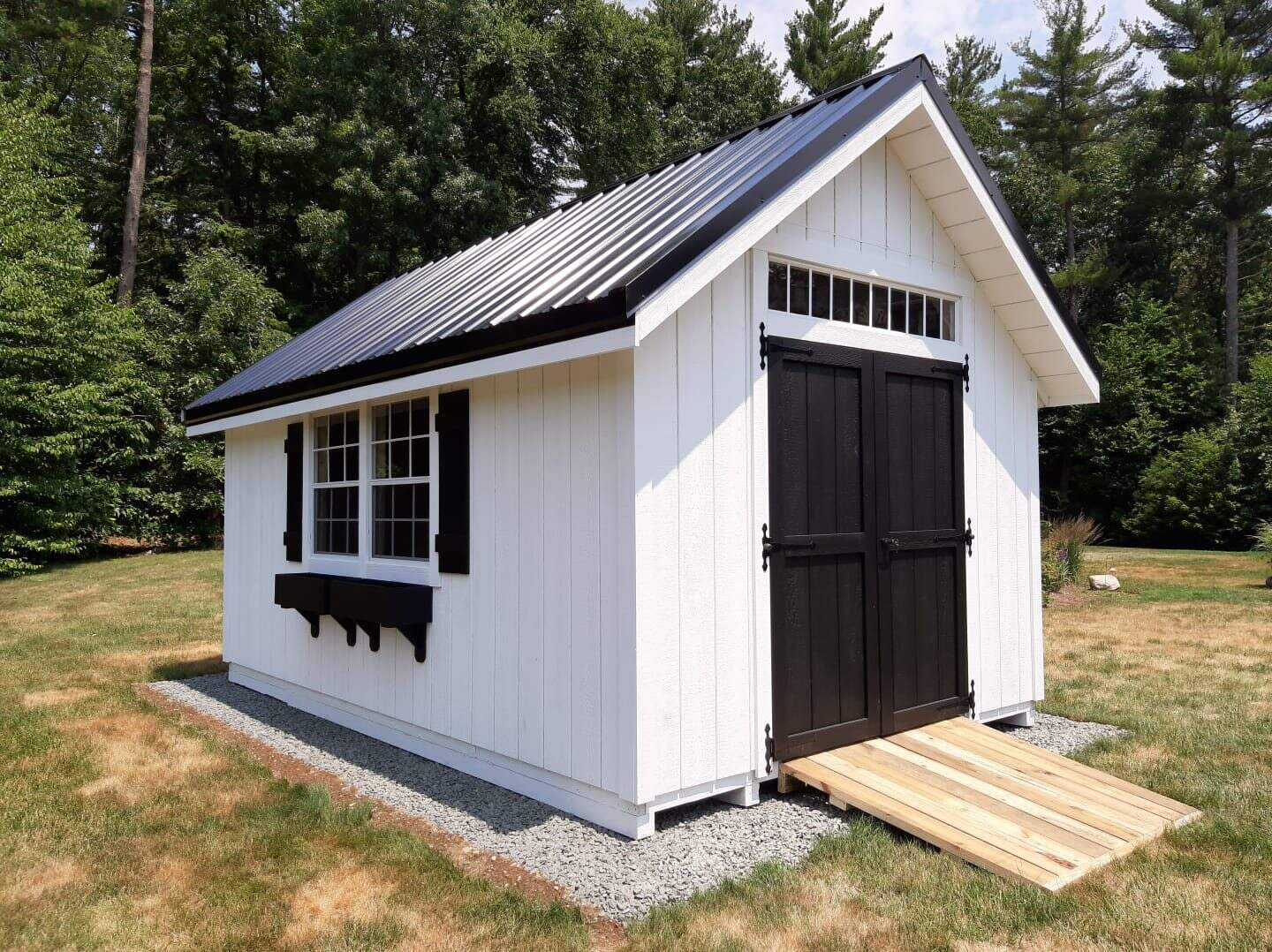
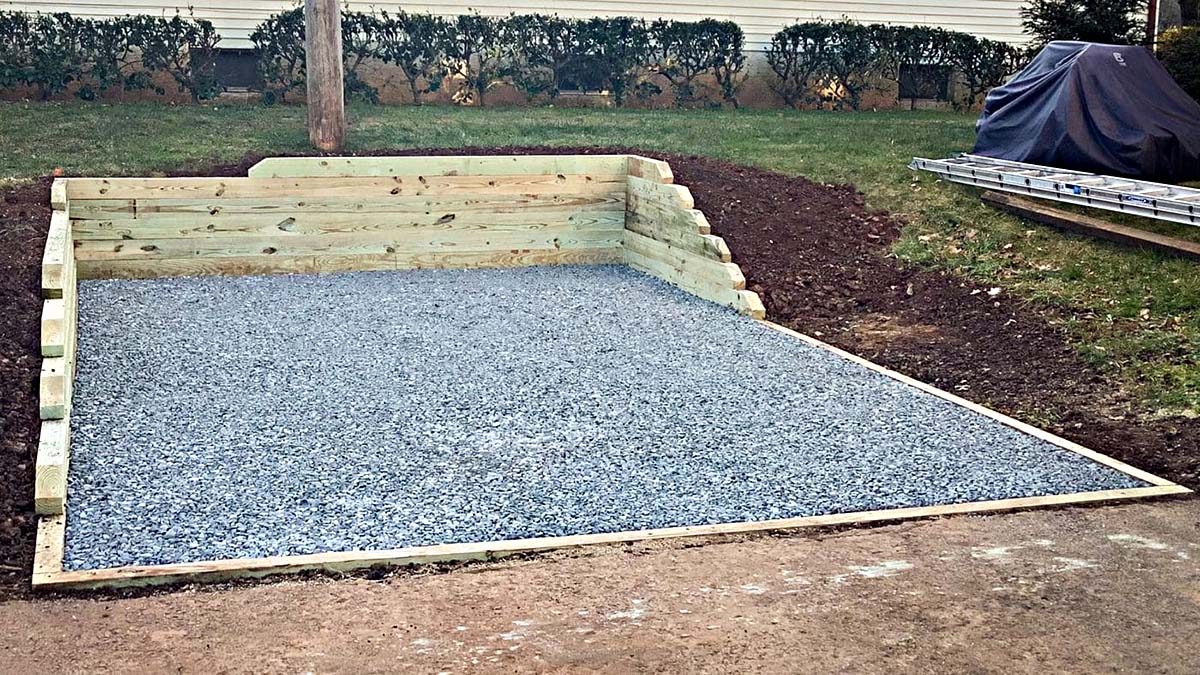
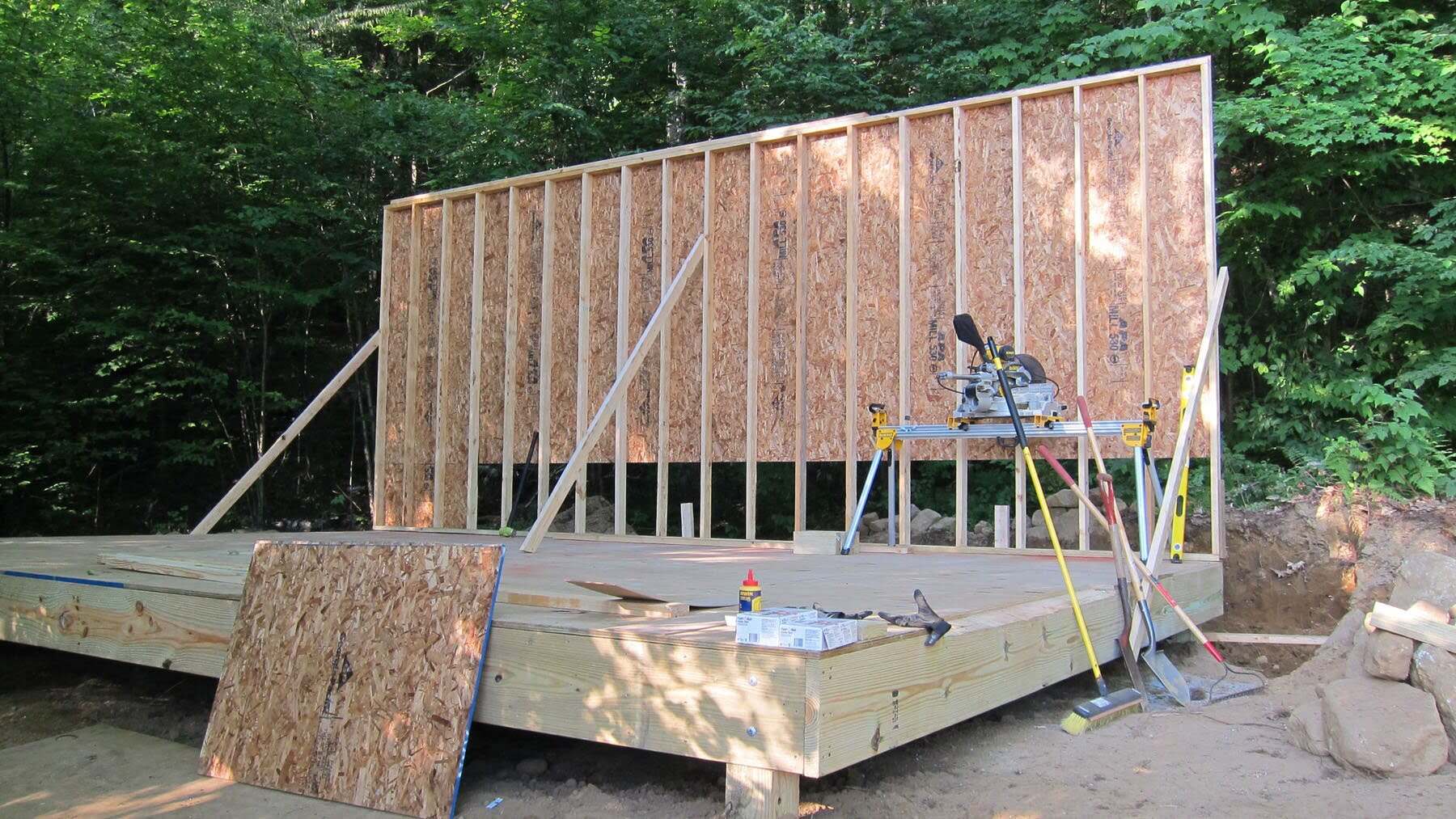
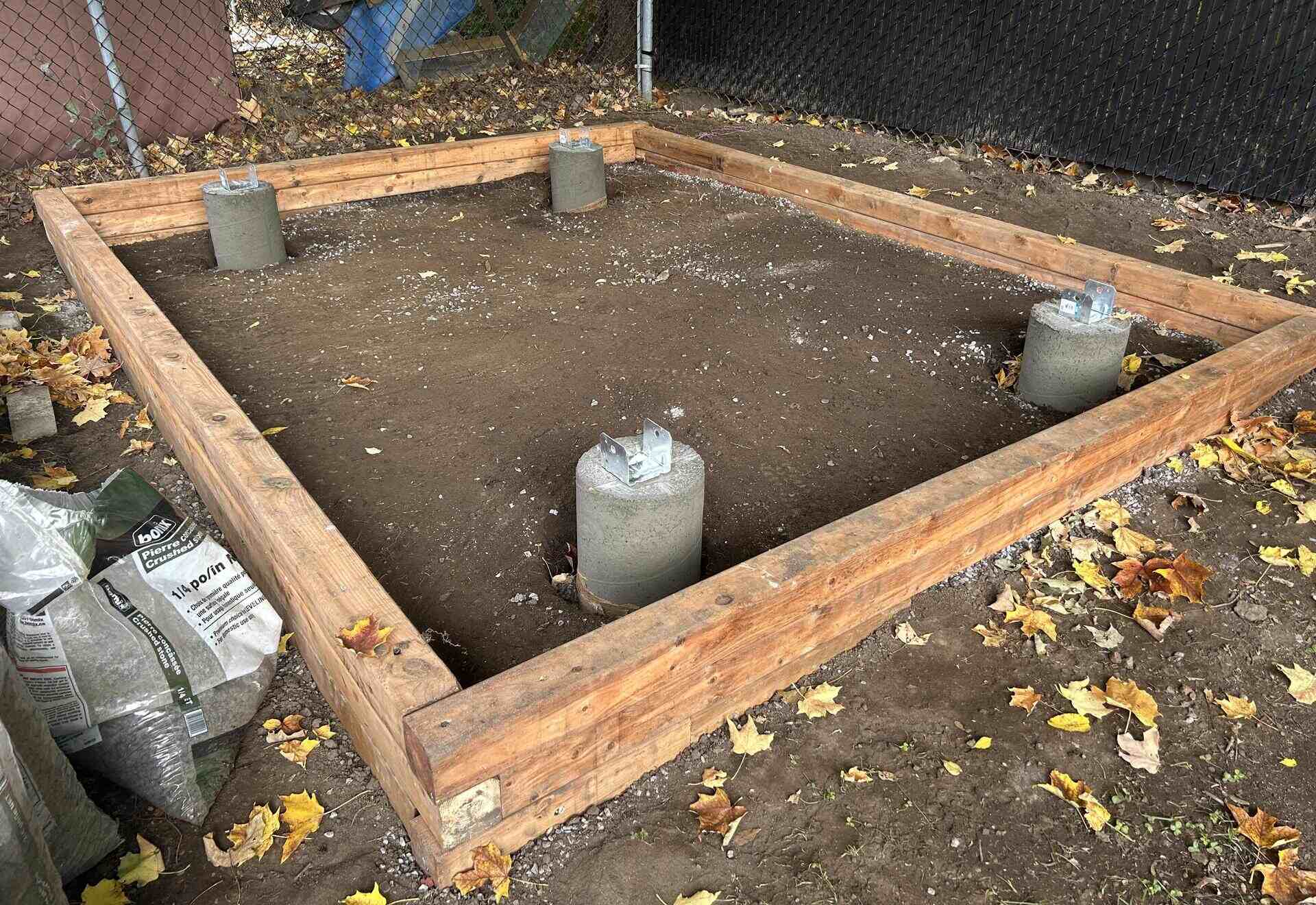
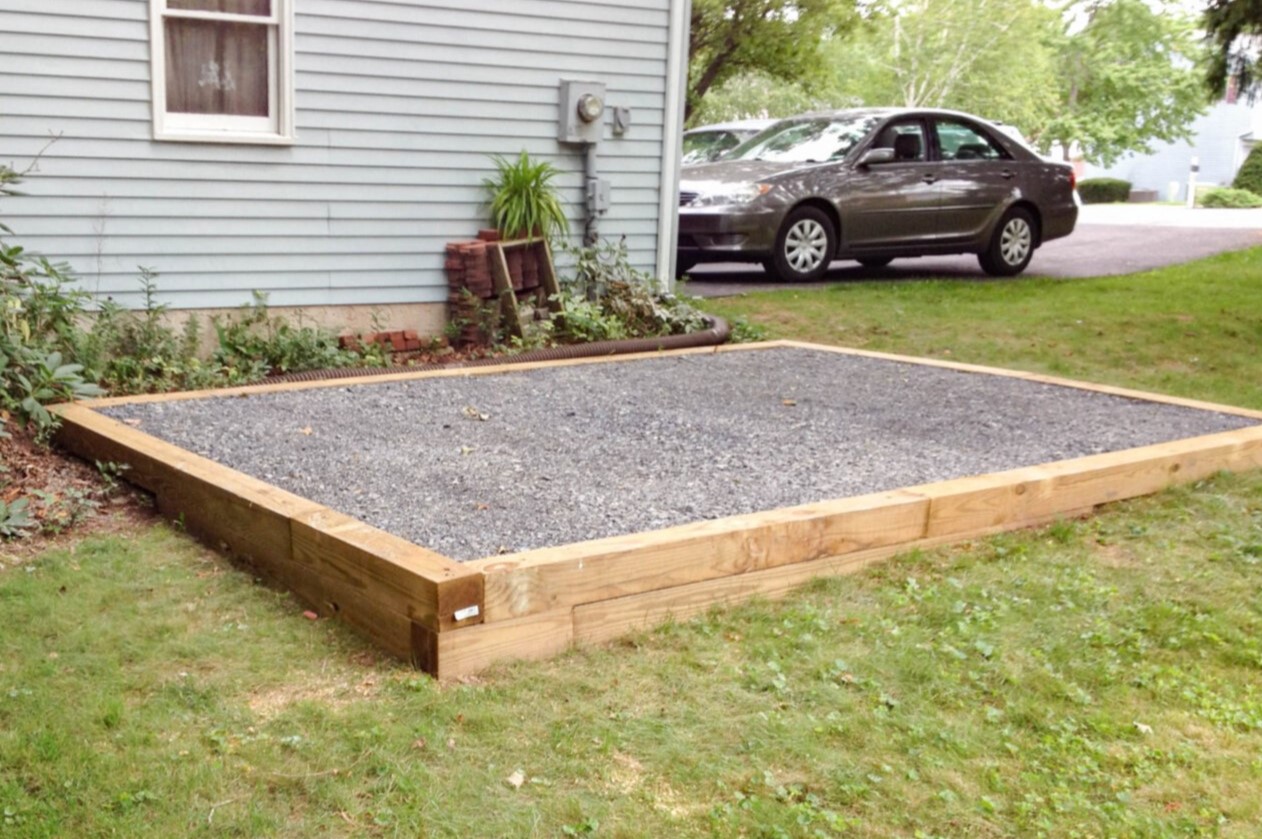
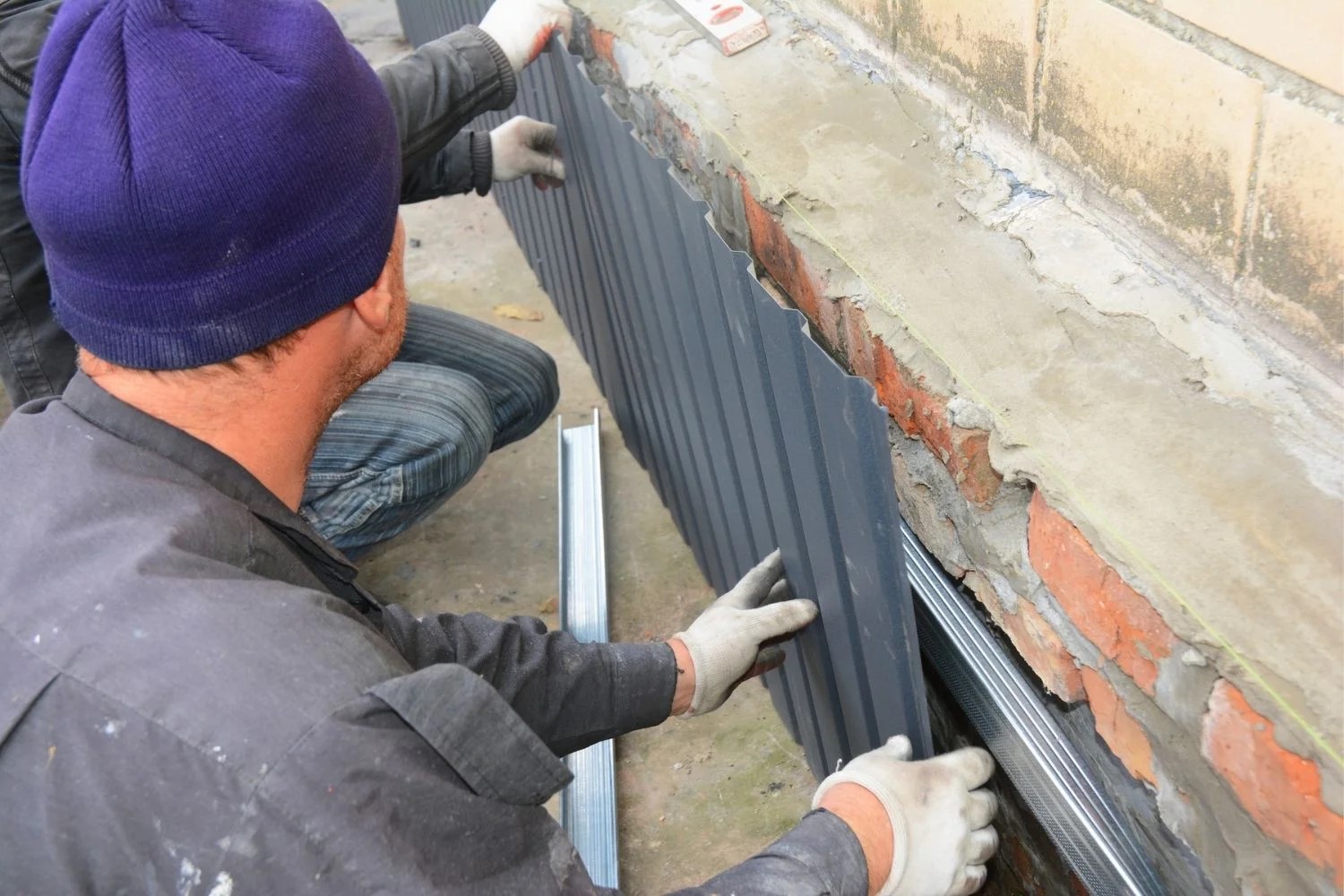
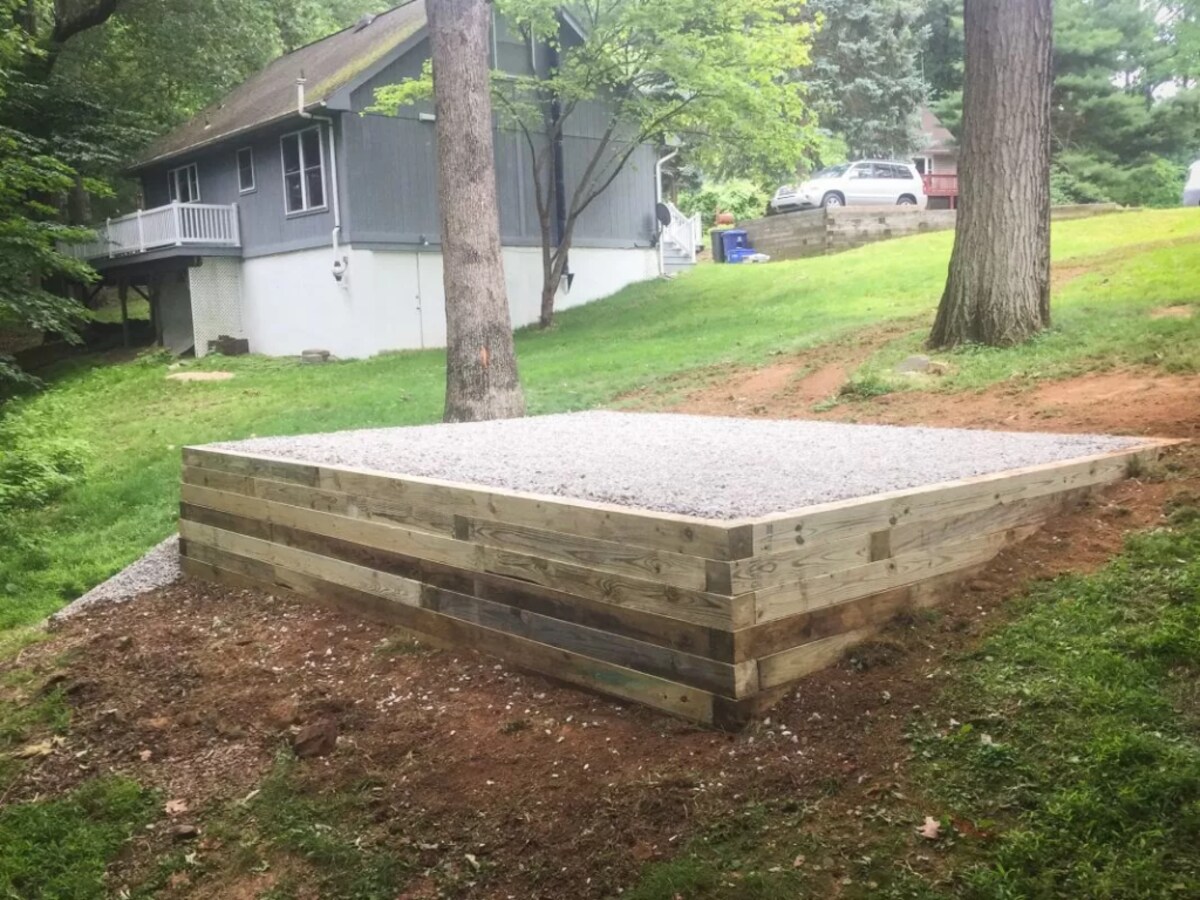
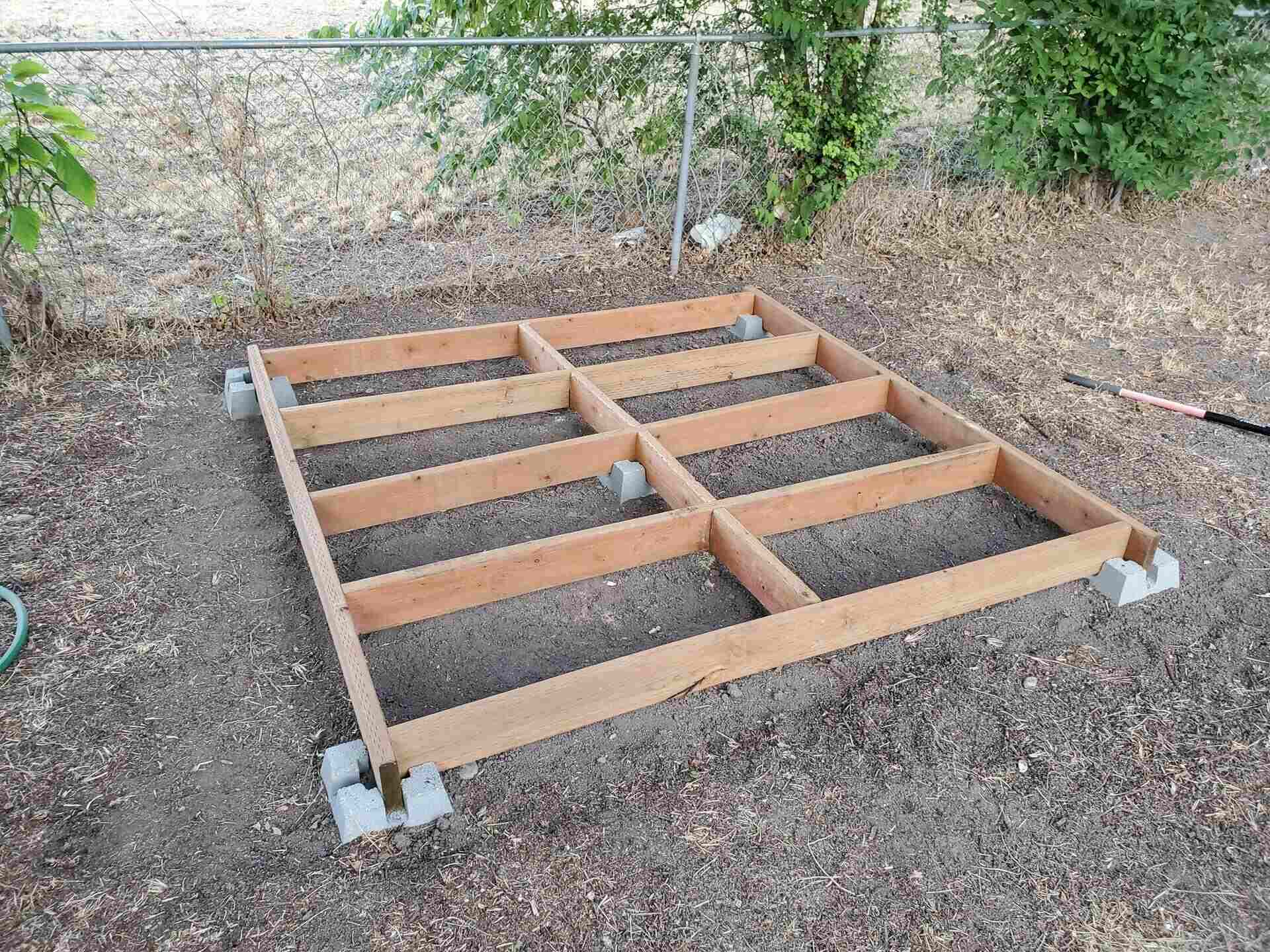
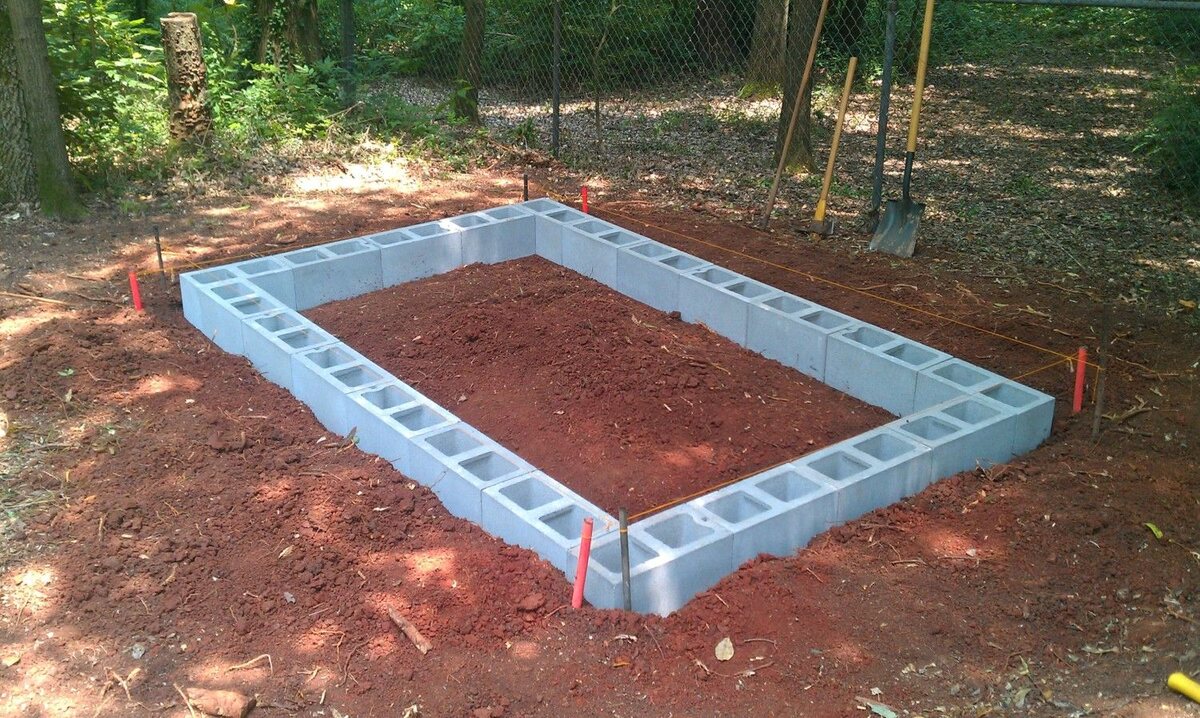
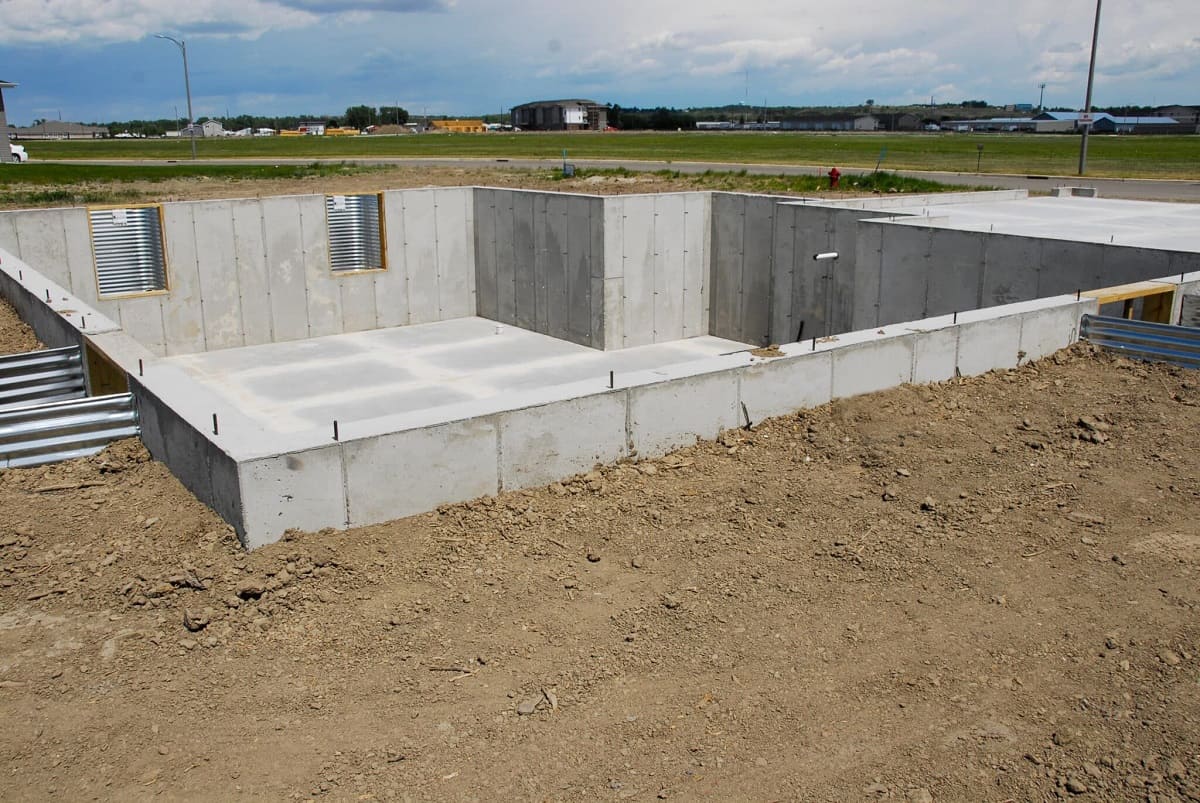
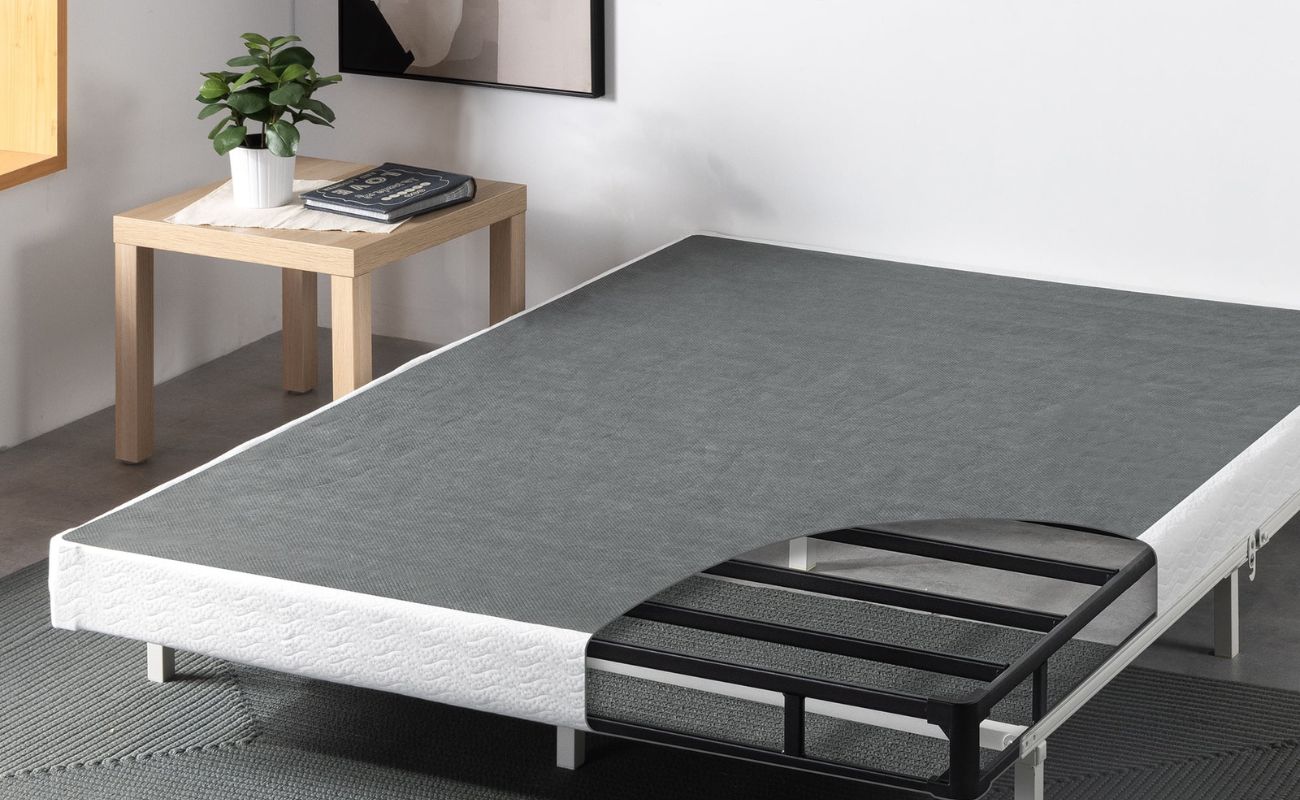
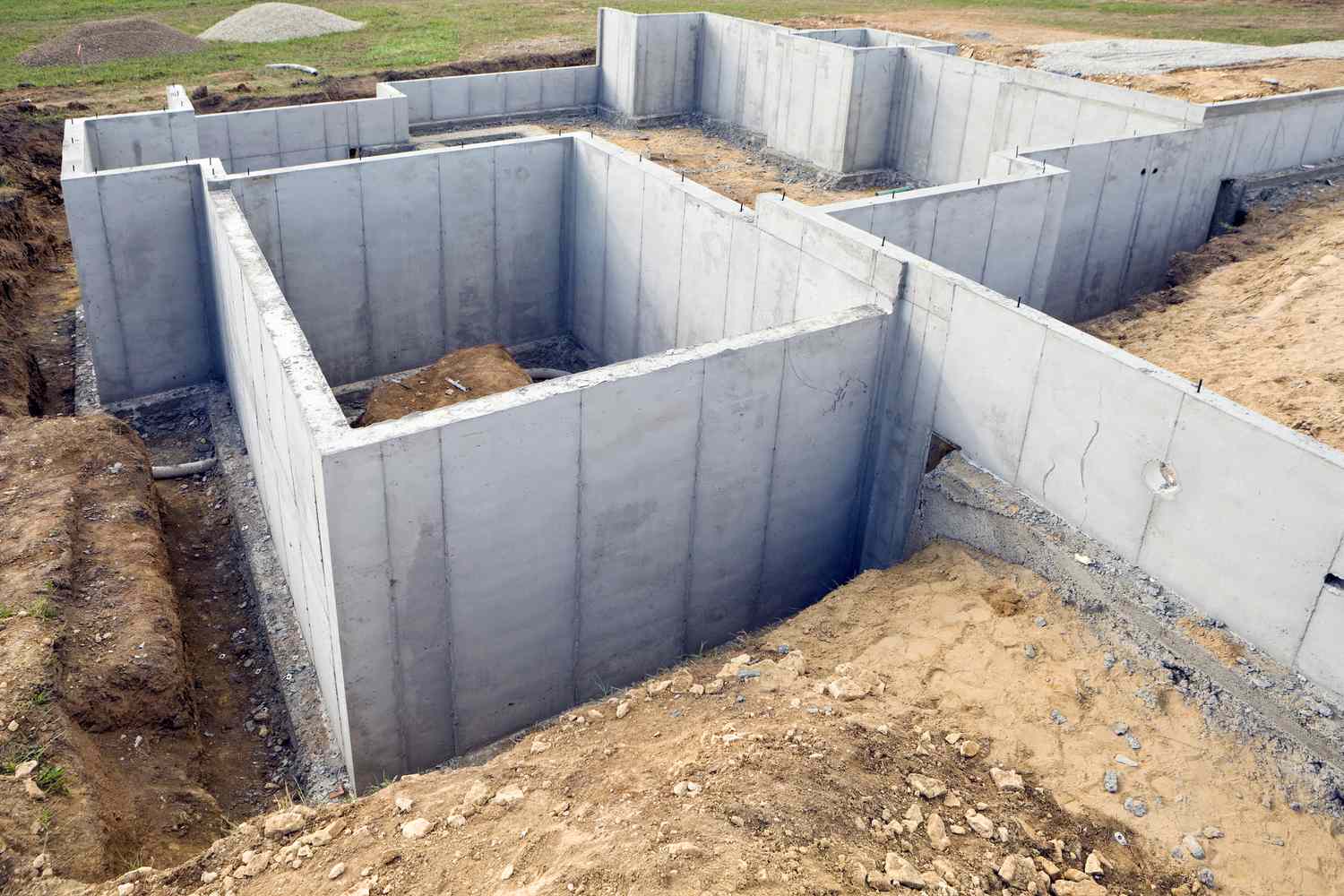
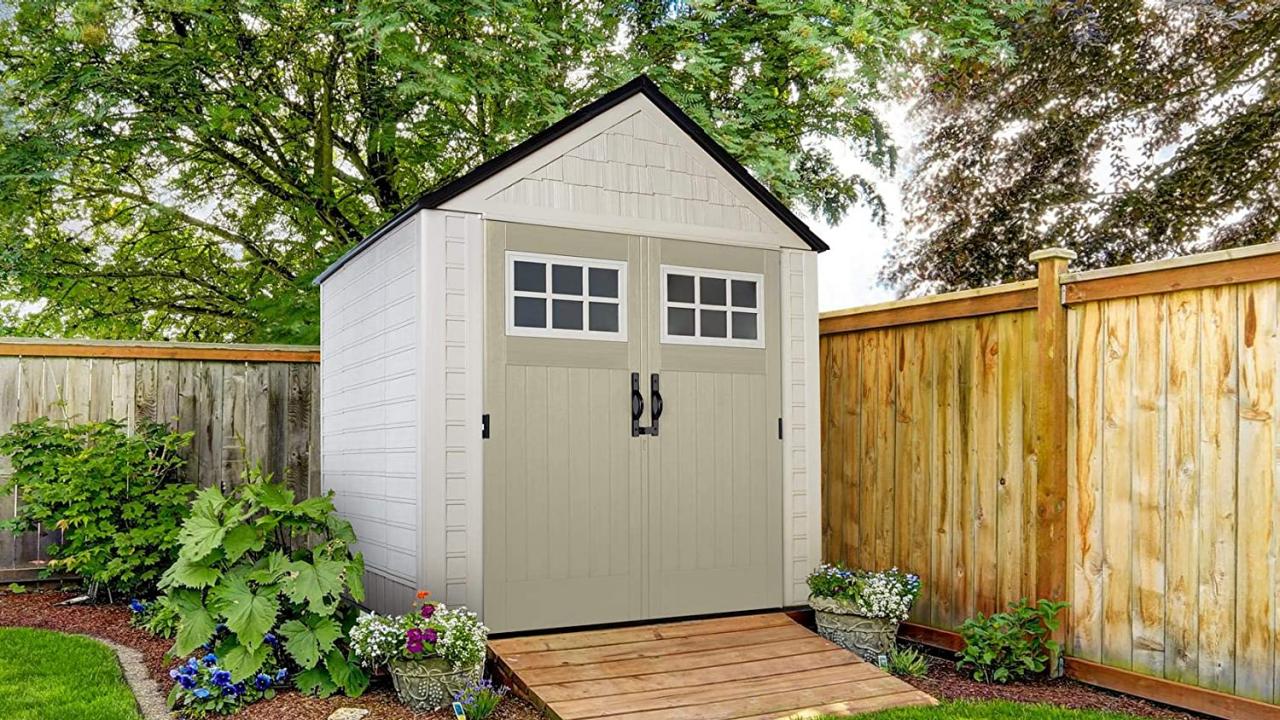

0 thoughts on “What Is The Best Foundation For A Shed”